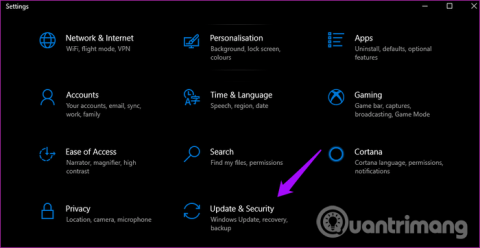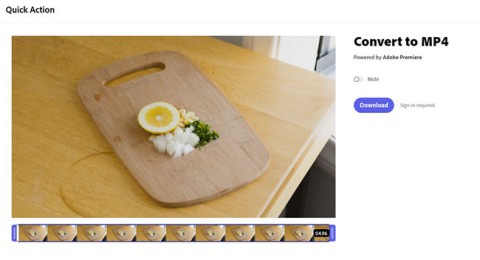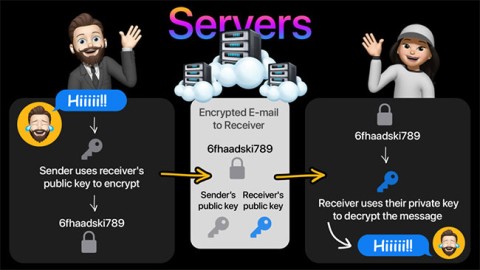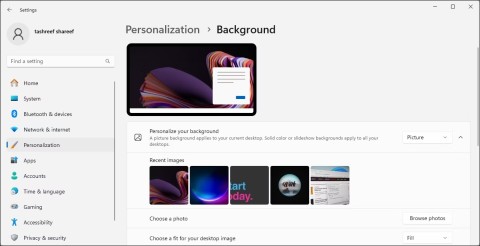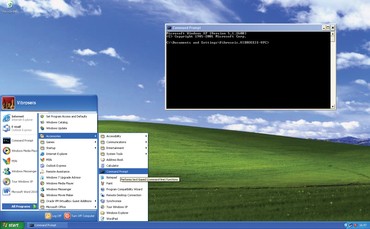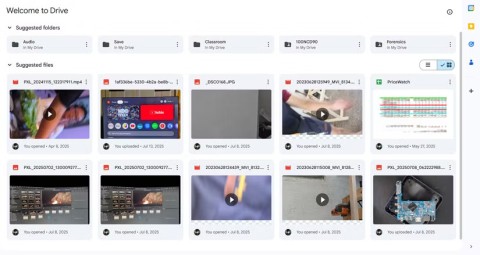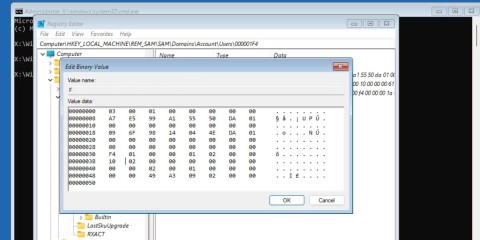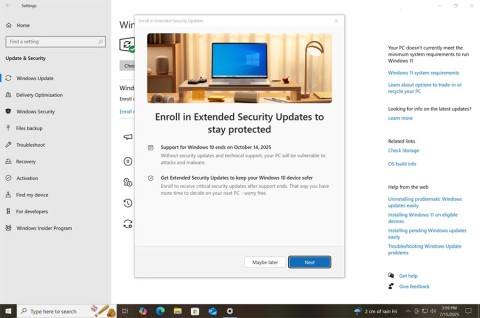Windows 11 22H2: Moment 1 update with many notable features

After a long wait, the first major update of Windows 11 has officially been released.
Uncompressed files can silently take up gigabytes of space on your Windows PC—slowing things down and cluttering up your drive without you even realizing it. Luckily, you can easily compress files to save space without having to delete anything.
Table of Contents
Most of us don't think much about the trove of files we store on our PCs. However, over time, those files can build up and eventually you may find yourself facing a warning message about your PC being low on storage space.
This is really annoying, and even if you practice saving storage space on your PC, you will probably find that files are taking up more space than they should. Luckily, Windows has an easy fix for this problem.
Most people probably have never thought about using the file compression system that comes with Windows, and why would you? After all, you need those files and don't want to create any obstacles when using those files when needed.
But file compression doesn't have to be a hindrance in your path. In fact, file compression can make your files easier to access while saving storage space.
Of course, you don't need to compress everything on your computer. In fact, compressing files you use every day can actually slow things down a bit because Windows has to decompress them every time you open them.
Instead, you want to focus on large, infrequently accessed files. Good examples include:
Also, keep in mind that some file types—like JPEGs , MP4s , and PDFs —are compressed by design. You can still compress them into archives for organization or sharing, but the space savings may be small.
Windows provides two easy ways to compress files, and you don't need to install anything extra.
This method works right inside File Explorer and compresses files immediately. This means you can still open and use them without having to manually unzip them.
Here's how to compress NTFS files:
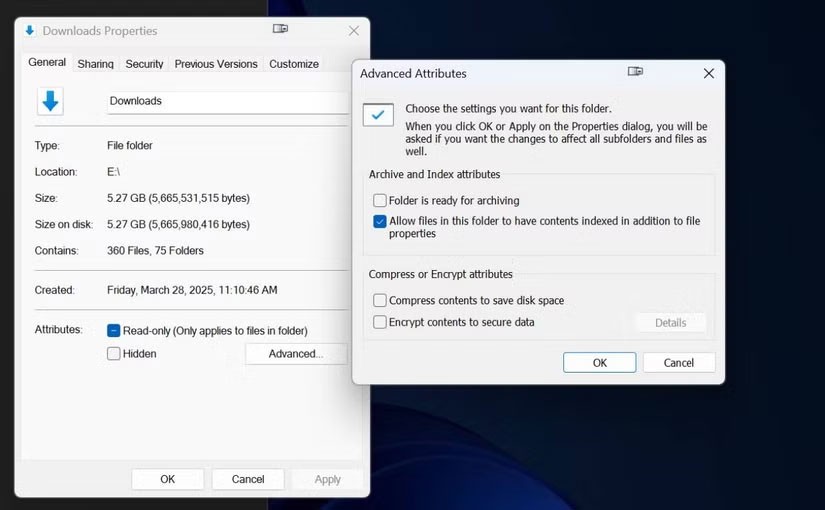
Windows will automatically compress the selected files or folders. You'll still see and open them as usual, but they'll take up less space on your drive. If you find that accessing those files is much slower, you can turn off compression by following the same steps above and unchecking the Compress contents to save disk space option .
Compressing files into an archive is another convenient way to compress files. This is often used for long-term file storage - like backups - or for sharing files with others.
To add files to a zip archive using Windows built-in tools:

You can unzip the file later by double-clicking on it and extracting the file contents anywhere on your PC.
If you want better compression or more control over file compression formats, there are some great third-party tools.
7-Zip is the most recommended compression tool because it is completely free. It supports many formats, such as 7z , ZIP , and TAR , and has some of the best compression ratios of any of these programs. Overall, it is the best way to compress files in Windows.
PeaZip is another free option that has a clean, easy-to-use interface and a variety of formatting options. If you want to store your data and files with a little more security, you can also take advantage of the encryption features. These encryption features are especially great if you want to follow these tips for keeping your data safe.
WinRAR is another great compression tool, and while it's still recommended by many, both 7-Zip and PeaZip do a better job. Plus, while WinRAR's free trial technically never expires—you can keep using the program virtually indefinitely—you'll get pop-ups about purchasing a full license after the trial ends.
Any of these tools are great to use when you're compressing large folders or want to apply strong encryption to archives that Windows doesn't provide by default.
It's best to know which files are taking up the most space on your Windows PC before you start compressing any of them. That way, you can focus your work on the files that are taking up the most space.
Additionally, there are many files that you may want to avoid compressing for whatever reason. These include system files, important files that you access daily or frequently, and working projects that you don't need to back up or share at this time.
Compressing files in use will require you to decompress them when you use them again, which will slow down your workflow exponentially.
After a long wait, the first major update of Windows 11 has officially been released.
The Unhandled exception has occurred error is not related to a specific application, making it more difficult to resolve. This article will guide you through some ways to fix the Unhandled exception has occurred error on Windows 10.
These days, most PCs and Apple devices can handle both MOV and MP4 files, at least to some extent. However, the need to convert MOV video files to MP4 files has not diminished.
Recognizing this need, major online messaging services use a technique called end-to-end encryption, to secure and protect users' conversations.
Setting up multiple monitors on Windows is quite simple and only takes a few minutes to do. After setting up multi-monitor mode (multiple screens), you can set up separate wallpapers for each screen. To do this, please refer to the article below from WebTech360.
Hidden deep within Windows is a world of command lines that few people know about. In this article, we will guide you on how to fix errors and make your computer more secure using the cmd command line tool.
Instructions on how to enter BIOS on Windows 10 for you, with video illustration.
Clipchamp is the default video editor on Windows 11, but if you just need to make a quick cut, split a simple photo, or add music to a clip, the classic editor inside the Photos Legacy app is a much better choice.
Save images from the login screen, download Windows 10 lock screen images to keep the images you like or set them as your computer wallpaper. Here is the most detailed way to download images from Windows Spotlight for you.
Windows 11 has a feature that adds an End Task button directly on the Taskbar, so you don't have to access Task Manager to close unresponsive applications.
This article will guide you through the ways to enable Bluetooth on Windows 11 to connect to wireless accessories with just a few simple steps.
Sometimes, you just can't find an external hard drive when you need it most. After losing important files a few times, some people have found a simple and reliable way to back up everything, even when the hard drive is unavailable.
The methods in this article will help you hide or protect Windows folders from prying eyes.
Most Windows errors occur after you log in to your computer. However, the User Profile Service Failed the Logon error doesn't allow you to log in at all, which is why it's harder to fix than other Windows errors.
Windows 10 has just three months left until support ends. In October 2025, the operating system will receive its final update, ending its 10-year lifecycle.
